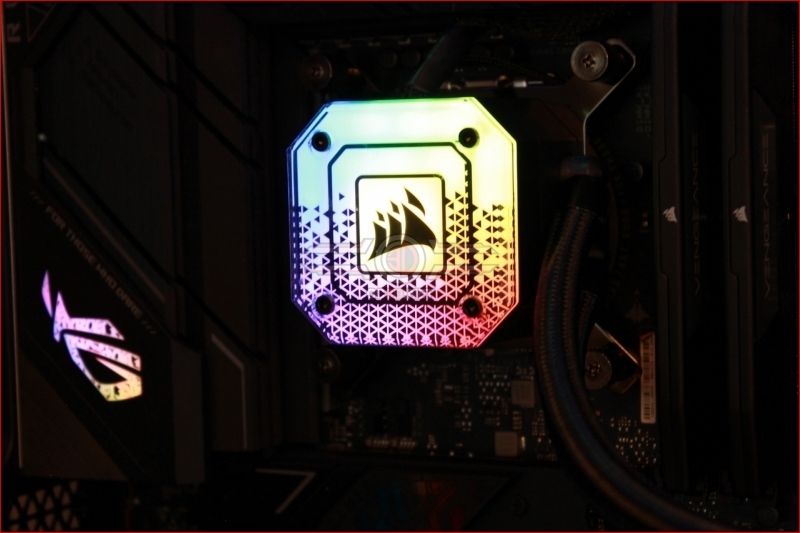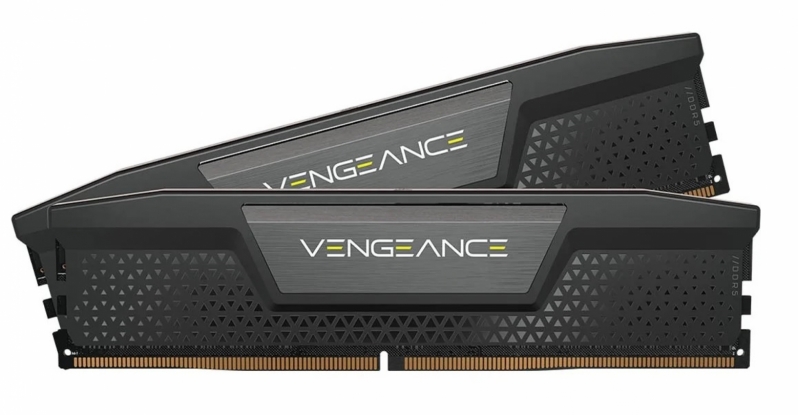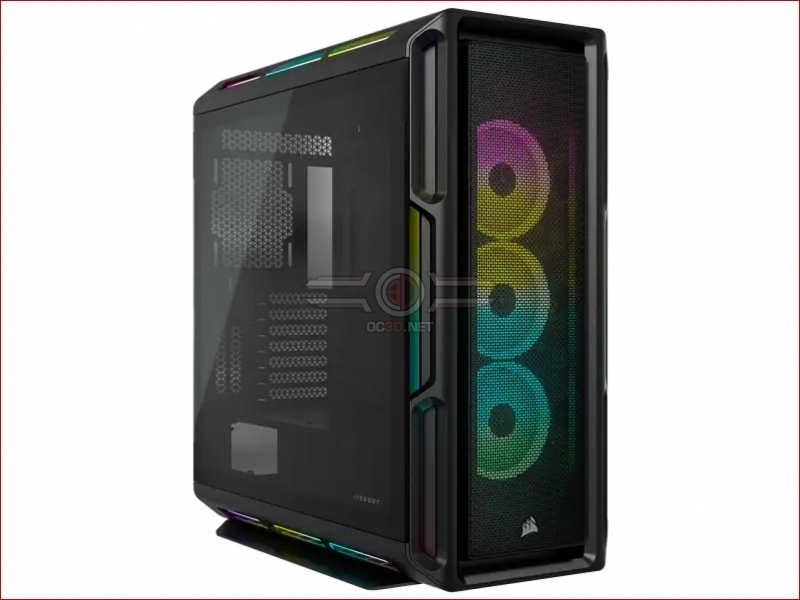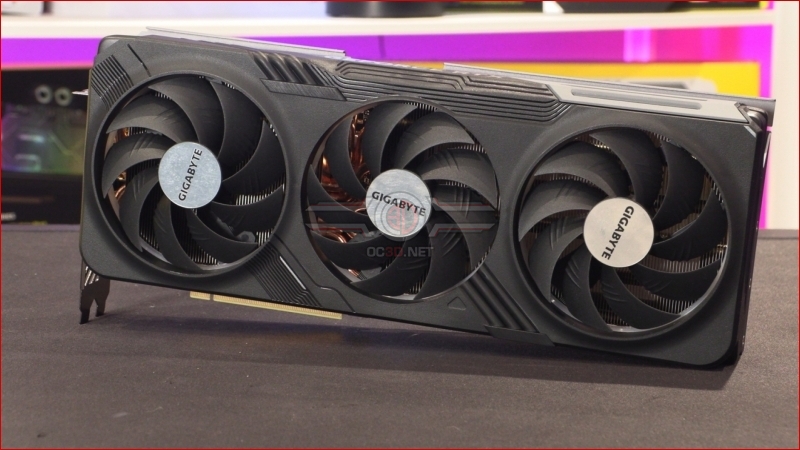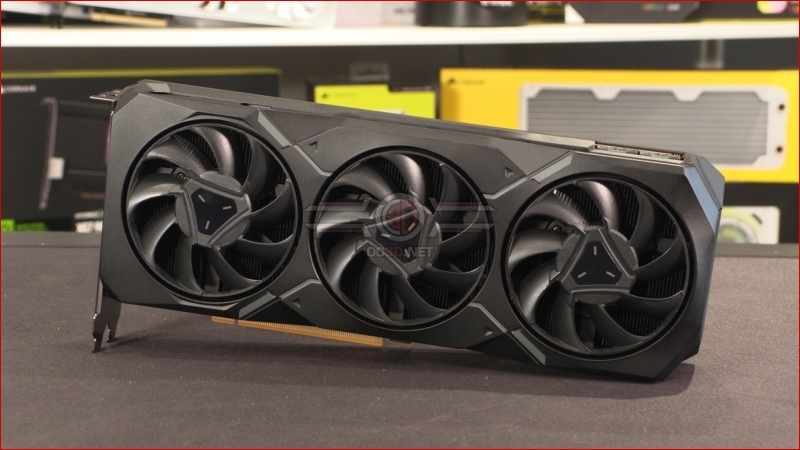Avatar: Frontiers of Pandora PC Performance Review and Optimisation Guide
Intro – Avatar: Frontiers of Pandora is a proper next-gen PC release
Avatar: Frontiers of Pandora is now available on PC, and it looks fantastic
The Avatar series is well known for its cutting-edge visuals and its fantastical world. This is true within the cinema and within the world of gaming. Yes, today’s consoles and PCs cannot match the visual splendour of a movie with a budget in the hundreds of millions. Even so, Ubisoft has managed to deliver something special with Avatar: Frontiers of Pandora, especially on PC.
As a current-generation exclusive, it is unsurprising that Frontiers of Pandora features strong visuals. The game makes heavy use of ray tracing, and while it does not require ray tracing acceleration hardware, it is required to get the best possible gameplay experience.
Frontiers of Pandora does a great job of showcasing the world of Pandora. Few games have forests that look this good, and while the game looks like Far Cry on Pandora, I can assure you it is not. Avatar is a slower-paced game that is more about exploration and discovery than gunplay and combat. Even so, there is plenty of combat for those search for it.
In this review, we will be looking into Avatar: Frontiers of Pandora’s PC version using a huge variety of PC hardware configurations. Using this hardware we will help you optimise Frontiers of Pandora on your own gaming PC, helping you to achieve higher framerates while maintaining strong visuals. This game can be hugely taxing on graphics cards, and thankfully there are a few easy ways to give your framerates a boost.
Review Contents
- CPU Performance
- Memory Performance
- Preset Scaling, Low, Medium, High, Ultra, and Unobtanium
- FidelityFX Super Resolution 3 – AMD Frame Generation
- DLSS Super Resolution and no Frame Generation?
- Optimised Settings for Avatar: Frontiers of Pandora
- 1080p Performance
- 1440p Performance
- 4K Performance
- Conclusion
GPU Drivers
When testing Avatar: Frontiers of Pandora on PC, we utilised the newest Nvidia and AMD GPU drivers that were available to us at the time of the game’s launch. These drivers were Radeon’s AMD Software Adrenalin Edition 23.12.1 driver, and Nvidia’s GeForce 545.92 HotFix drivers for Windows 10/11.
Test Setup – OC3D’s New Test Rig
This year, OC3D will be conducting new game testing and GPU reviews on a new test system. Thanks to Corsair, Intel, and ASUS, we have created a new testing system that will allow us to properly test new graphics cards and the newest PC releases. This system features Intel’s i9-13900K processor and a ROG Strix Z790-F Gaming motherboard, with all other components coming from Corsair.
Our new test system is powered, cooled, and operated using Corsair components. The OS we will be using is Windows 11, and the case we will be using is Corsair’s airflow-optimised iCUE 5000T. We will be diving deeper into the hardware selection for this new gaming system with a future article, and you can expect to see this system in all of our future GPU and game reviews.
System Specs
Below are the full specifications of our new GPU/Games testing system, as well as links to all of the components that we used.
OC3D GPU/Games Test System Specifications (Affiliate Links below)
CPU – Intel i9-13900K
Cooling – Corsair iCUE H150i Elite CAPELLIX XT
Motherboard – ASUS ROG Strix Z790-F Gaming WiFi
Memory – Corsair Vengeance 2x16GB (32GB) DDR5-6000 CL36 Memory
Storage – Corsair MP600 PRO NH 2TB PCIe 4.0 SSD
Case – Corsair iCUE 5000T RGB
Power Supply – Corsair HX1500i
OS – Windows 11
Nvidia GPUs Tested
When testing new games, we like to utilise a large number of graphics cards to see how well titles run on both old and new PC hardware configurations. To do this, we utilise a large selection of both AMD and Nvidia graphics cards, including newly release graphics cards from Nvidia’s RTX 40 series to older GeForce graphics cards like Nvidia’s RTX 2060.
- Gigabyte GeForce RTX 4070 Ti Gaming
- Gigabyte GeForce RTX 4070 WindForce
- Gigabyte GeForce RTX 3070 Ti Eagle
- Gigabyte GeForce RTX 3060 Ti Eagle
- Nvidia GeForce RTX 2070 SUPER Founders Edition
- Nvidia GeForce RTX 2060 6GB
AMD GPUs Tested
On the Radeon side of the GPU spectrum we are currently able to test the following selection of GPUs. This includes both RX 7000 and RX 6000 series GPUs.
- Radeon RX 7900 XT
- Radeon RX 6800 XT
- Radeon RX 6800
- Radeon RX 6700 XT
- ASUS ROG Radeon RX 6600 XT Strix
- PowerColor RX 6600 Fighter



